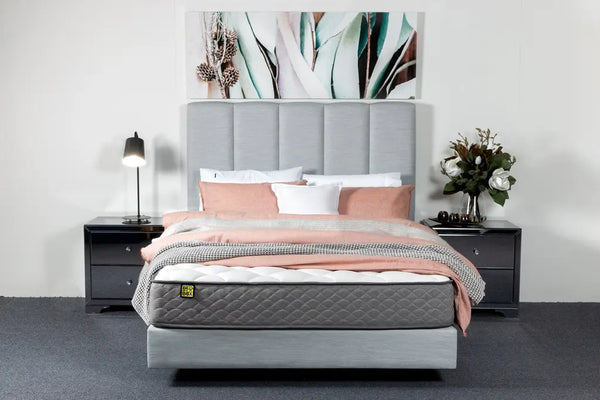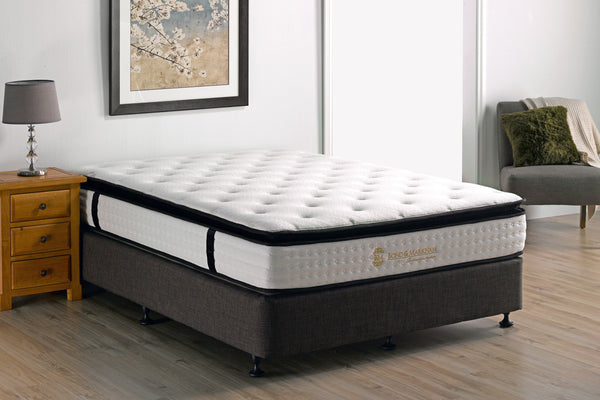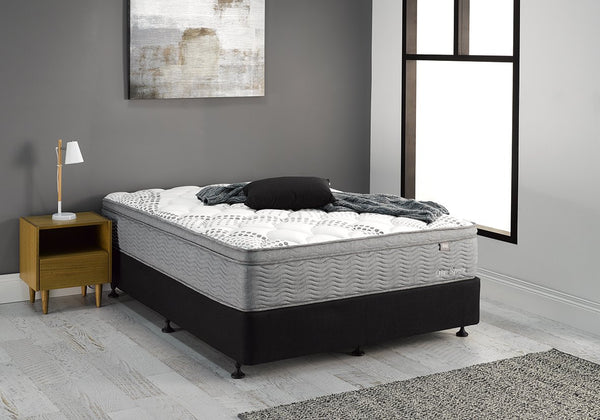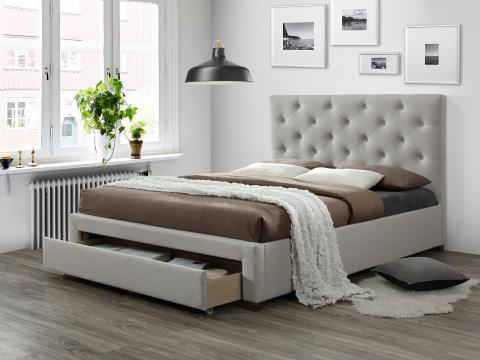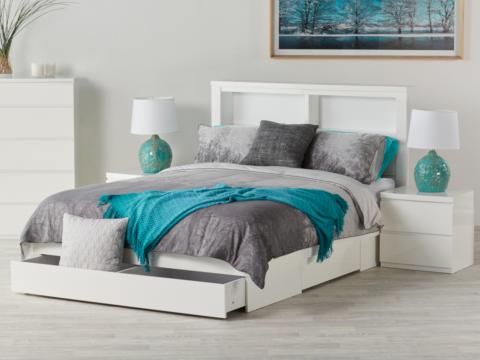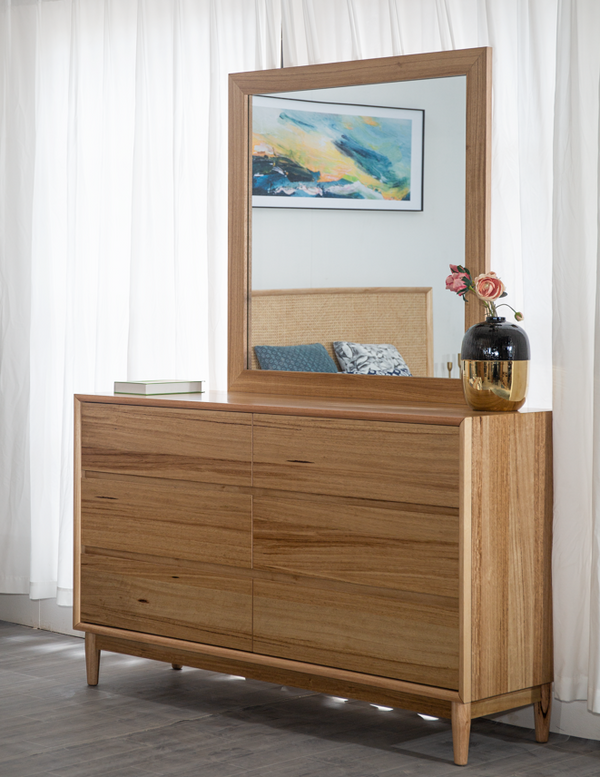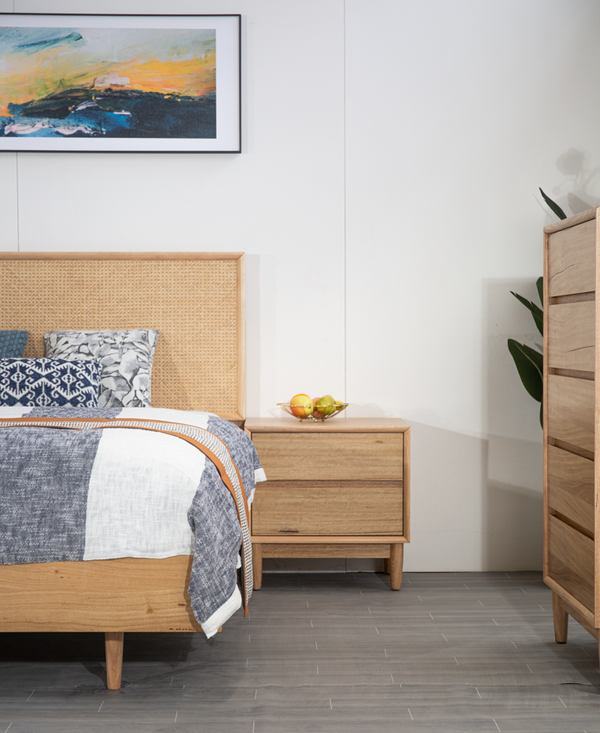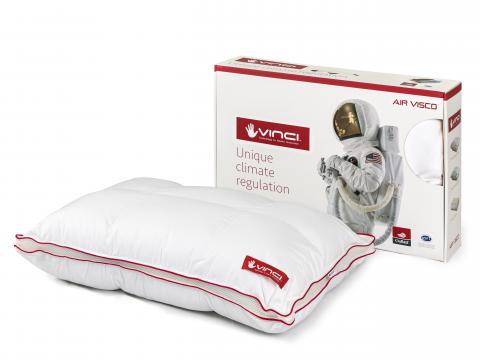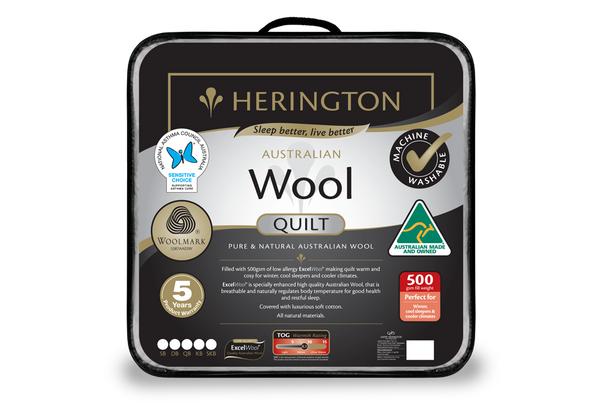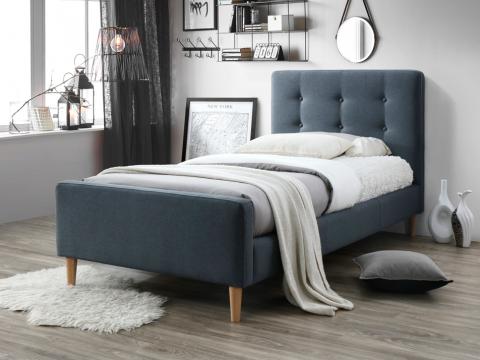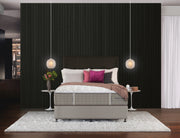With Vanessa keys, Home Beautiful
As tiredness hits, there's nothing more appealing than falling into a beautifully made bed: plumped pillows, fresh sheets and, ideally, a comfortable mattress. If you continually wake feeling lethargic, complaining of aches and pains, or are swallowed up in your sleep by a decades-old mattress, it's time to replace it. "It's difficult to get deep sleep on a mattress that's too small, too soft, too hard or too old," explains physiotherapist Sarah Key. "Since you'll spend a third of your life in your bed, a quality mattress and foundation is one of the most important, valuable and cost-effective purchases you can make." Buying a mattress can be an expensive investment, but equipped with the facts, it will be a sensible one.
BASIC BEDS
Spring mattresses or inner-spring mattresses consist of spring coils that are wrapped within polyester wadding and polyurethane foam. They're popular as they distribute weight evenly and give good air circulation. A comfort layer affects how hard or soft a spring mattress feels when you lie upon it. Expect to pay top dollar for silk, wool, latex, goose down and premium foams and less for reclaimed cotton fibres and lower-grade foam. Lesser-grade padding often means the mattress won't last as long as the padding can break apart, losing the capacity to spring back. Foam mattresses don't contain springs and are made from a basic polyurethane foam, often spotted in sofa beds, or a high-quality memory foam, also known as viscoelastic. Highly sensitive to weight and temperature, memory foam moulds itself to your shape, using the body's heat to provide a personalised sleeping surface. Latex mattresses are also spring-free and feature a hygienic pin-core design that lets the mattress breathe and reduces moisture build-up. Latex is anti-fungal, anti-microbial and hypoallergenic. Natural mattresses, made from natural materials like horse hair, camel hair, cotton, wool or natural latex, are a great solution for eco-savvy shoppers and some allergy sufferers. Grand Soleil mattresses, available from Beyond Furniture, are made from renewable resources, are toxin free and provide great support.
GOOD FOUNDATIONS
The next step towards sleep nirvana is deciding what your mattress will sit on. An ensemble includes a sprung base that sits underneath the mattress, which acts like a shock absorber and takes a lot of the wear and tear. It can also extend the life of your mattress, as your body weight is more evenly distributed. When cared for properly, a mattress on a slatted base will last just as long as an ensemble, so it really comes down to personal preference. "A mattress on a slatted base will feel firmer than the same mattress on a sprung base. If the mattress you're testing in store is on a sprung base, ask the staff if they will place it on the floor to test how it would feel on a slatted base," suggests Andrea Carlon of Sleepmaker.
DECISIONS DECISIONS
"People often don't realise that a poor-quality or worn-out mattress can seriously affect your sleeping patterns. That's why choosing the right bed for your individual needs is so important”. The first step is to try before you buy. "Lie down and relax," advises Chris Cadzow from Ikea. "Spend at least 10 minutes on every mattress, and make sure you lie in your usual sleeping position, with a pillow under your head and neck. Move around a bit, too - just like you would at home!" A good mattress should provide even, gentle support for your whole body and keep your spine in the same position as a person with good standing posture.
SERIOUS SUPPORT
A properly fitted mattress is crucial to maintaining a healthy spine and neck. We asked renowned physiotherapist Sarah Key - who treats the aches and pains of the Royal Family - to share her advice on proper support for the back. "A mattress should be firm enough that it buoys up the body, so you feel like you are being pushed up from below, and that your movements at night are 'spring-loaded'," she says.
SLEEP TALK
Side sleepers: "Try a mattress that's less firm, like latex or memory foam." "Sleeping on your side means your spine should remain straight - the mattress needs to cradle your body and allow the shoulders and hips to sink into the mattress." Back and stomach sleepers: Chris suggests a firm mattress, like a pocket-spring or hourglass spring mattress. "If you sleep directly on your back or stomach, the lower back needs extra support, and it's imperative to stop the body from sinking too deep into the mattress."
THE CARE FACTOR
"You should be changing your mattress every seven to 10 years to ensure maximum benefit and hygiene." "Each night we shed dead skin cells and can produce up to a litre of sweat, creating an unhygienic environment that dust mites thrive on. We recommend rotating your mattress end to end every three months. "You should also invest in a good-quality mattress protector and air your mattress for at least an hour while you're changing the bed linen," he says. If the mattress gets stained, use washing powder to spot clean it.

